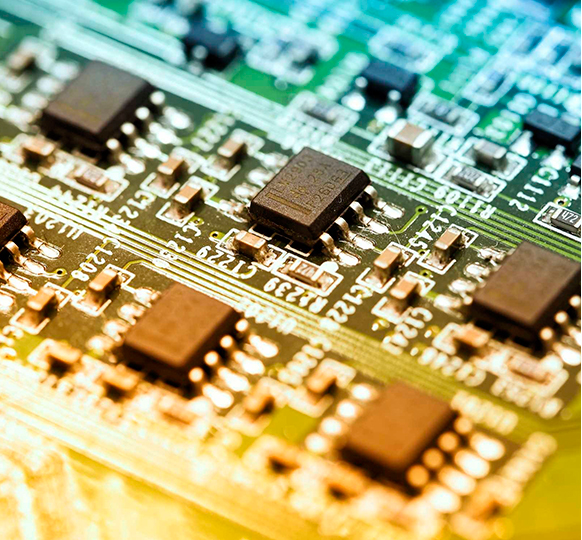The five silicon enterprises unified standard Yuduo domestic power market
Several deep silicon wafers will join hands, and the other profound implication is that they hope to grab more component manufacturers and power station customers from polysilicon manufacturers.
The main components of the photovoltaic industry chain are polysilicon, silicon chip, pull rod, slice, battery, component and power station construction. At present, more than 70% of the domestic silicon wafer industry is held by polysilicon chips. A large number of customers, Lungi shares similar battery kamudanke such silicon manufacturers are concentrated in overseas. This is mainly because overseas customers have higher quality requirements and price sensitivity than domestic customers and domestic monocrystalline silicon manufacturers hope to have shorter account periods (overseas customers' accounts are shorter than domestic customers).
The reason why domestic battery factories prefer polysilicon wafers is that the standard of monocrystalline silicon is not as simple as that of polysilicon wafer, and the overall price of monocrystalline silicon wafer is higher than that of polysilicon wafer. Li Zhenguo said that generally, the price of the same type of single crystal silicon may be 20% higher than that of polysilicon wafers, while the silicon wafer is 3% to 5% higher than that of the latter, so the domestic component manufacturers are more willing to choose polysilicon wafers.
More importantly, unlike overseas battery and component factories, a large number of domestic component manufacturers also own the capacity of polysilicon wafers. They need to digest their upstream silicon production capacity. While selling their own components, these component factories are also willing to recommend cheaper polysilicon modules to customers, including Yingli Green energy, Trina Solar and Yuhui sunshine.
"The concern is that a large number of domestic component manufacturers are also planning to expand production next year, so the demand for polysilicon chips will be further increased." Guotai Junan photovoltaic industry analyst Hou Wentao said, "in the past there are some components or battery manufacturers in Europe to supply overseas, they are also very convenient; but now with the whole cell and module manufacturing capacity increasing, some overseas battery components, the company may entrust domestic OEM in the future, then it will make the enterprise of monocrystalline silicon the loss of some customers." For example, Cam Danker, with 77% of its total revenue in 2012, came from customers in Philippines and Malaysia.
Li Zhenguo said that the reason why overseas customers prefer the single crystal silicon wafer with higher price is that the power generation efficiency of monocrystalline silicon wafers and the overall investment return rate of power plants are all higher than those of polysilicon wafers. The P and N single crystal cells made by monocrystalline silicon wafers are sold at 23% and 27%, while polycrystalline batteries are up to 20%. But domestic customers consider more about one-time low-cost procurement. "Therefore, we need to offer products that are uniform, efficient and priced, to choose from customers. Of course, it will take a certain time to let customers at home and abroad accept our positioning products. "






